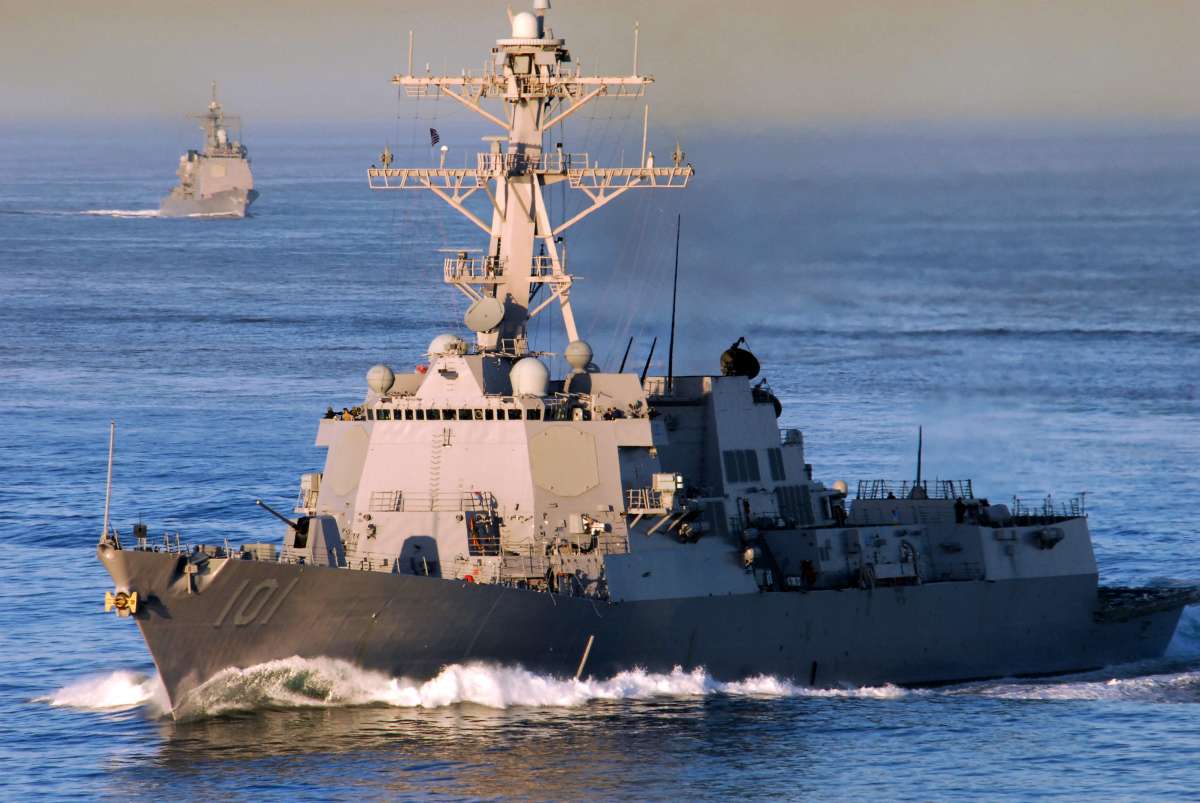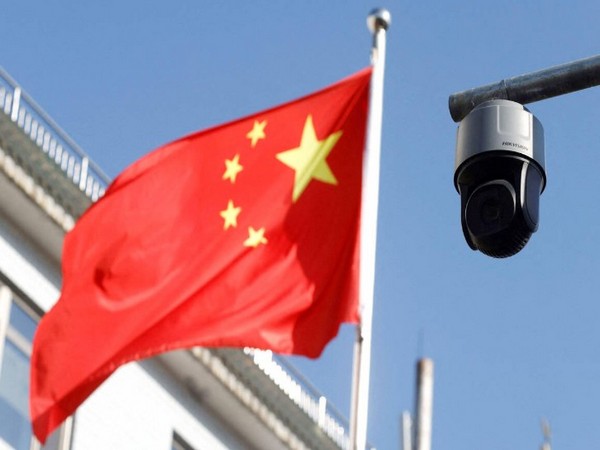Four destroyers and a Poseidon P-8 patrol airplane made up the US response to the Chinese and Russian flotilla…reports Asian Lite News
The US dispatched four navy warships as well as a reconnaissance airplane after multiple Chinese and Russian military vessels carried out a joint naval patrol near Alaska last week.
The combined naval patrol, which the Wall Street Journal first reported, appeared to be the largest such flotilla to approach US territory, according to experts that spoke to the outlet.
“It’s a historical first,” Brent Sadler, a retired Navy captain and senior research fellow at the Heritage Foundation, told the Journal.
He also said the flotilla’s proximity to Alaska was a “highly provocative” maneuver given Russia’s ongoing war in Ukraine and political tensions between the US and China over Taiwan. The flotilla has since left.
The US Northern Command confirmed the combined Chinese and Russian naval patrol, telling the Journal: “Air and maritime assets under our commands conducted operations to assure the defense of the United States and Canada. The patrol remained in international waters and was not considered a threat.”
The command did not specify the number of vessels which made up the patrol or their exact location. But US senators from Alaska said the flotilla in question was made up of 11 Chinese and Russian warships working in concert near the Aleutian Islands.
Four destroyers and a Poseidon P-8 patrol airplane made up the US response to the Chinese and Russian flotilla.
In a statement to the Journal, the spokesperson of the Chinese embassy in Washington DC, Liu Pengyu, said that the patrol “is not targeted at any third party”.
“According to the annual cooperation plan between the Chinese and Russian militaries, naval vessels of the two countries have recently conducted joint maritime patrols in relevant waters in the western and northern Pacific ocean,” Pengyu said. “This action is not targeted at any third party and has nothing to do with the current international and regional situation.”
The Journal reported that the US destroyers sent to track the flotilla were the USS John S McCain, the USS Benfold, the USS John Finn and the USS Chung-Hoon.
Alaska senators Lisa Murkowski and Dan Sullivan have since responded to the joint Chinese and Russian patrol that came close to the Aleutian Islands by saying they are monitoring the situation closely for their constituents.
Murkowski said: “We have been in close contact with leadership … for several days now and received detailed classified briefings about the foreign vessels that are transiting US waters in the Aleutians.
“This is a stark reminder of Alaska’s proximity to both China and Russia, as well as the essential role our state plays in our national defense and territorial sovereignty.”
Sullivan echoed the sentiments of his fellow Republican Murkowski, saying: “The incursion by 11 Chinese and Russian warships operating together – off the coast of Alaska – is yet another reminder that we have entered a new era of authoritarian aggression led by the dictators in Beijing and Moscow.”
He went on to compare the situation to one last September, when a single US coast guard cutter spotted a total of seven Chinese and Russian naval ships near Alaska.
“Last summer the Chinese and Russian navies conducted a similar operation off the coast of Alaska,” Sullivan said. “Given that our response was tepid, I strongly encouraged senior military leaders to be ready with a much more robust response should such another joint Chinese-Russian naval operation occur off our coast.
“For that reason, I was heartened to see that this latest incursion was met with four US Navy destroyers, which sends a strong message … that the United States will not hesitate to protect and defend our vital national interests in Alaska.”
China warns Philippines
Meanwhile, In a veiled reference to the Philippines taking a strong stance against Chinese expansionist policies, the Chinese Foreign Minister Wang Yi during a meeting with his Philippines counterpart Teodoro Locsin said that it is important to avoid “improper measures” from damaging the stability of the South China Sea (SCS).
“It is vital to prevent improper measures from disrupting or even damaging bilateral relations and the stability of the South China Sea,” Wang Yi stressed according to a Chinese Ministry of Foreign Affairs statement. He also said that “the two sides should eliminate interference, and calmly and properly manage differences, so as to prevent the overall China-Philippines relations from being affected,” while offering Chinese infrastructure projects to the Philippines.
“China also stands ready to continue to provide COVID-19 vaccine assistance for the Philippines according to its needs and strengthen public health cooperation,” Wang said.
Wang Yi also said, “We are ready to work with other parties to take the 20th anniversary of the signing of the Declaration on the Conduct of Parties in the South China Sea as an opportunity to pool consensus on peace and stability, step up consultations on the Code of Conduct in the South China Sea, and make joint efforts to build the South China Sea into a sea of peace and cooperation,” the Chinese statement said.
China claims nearly the entire SCS based on its so-called ‘nine-dash line’ that the international court ruled without merit five years ago.














